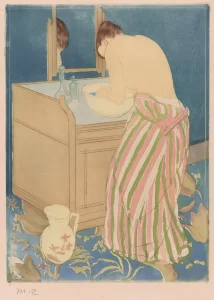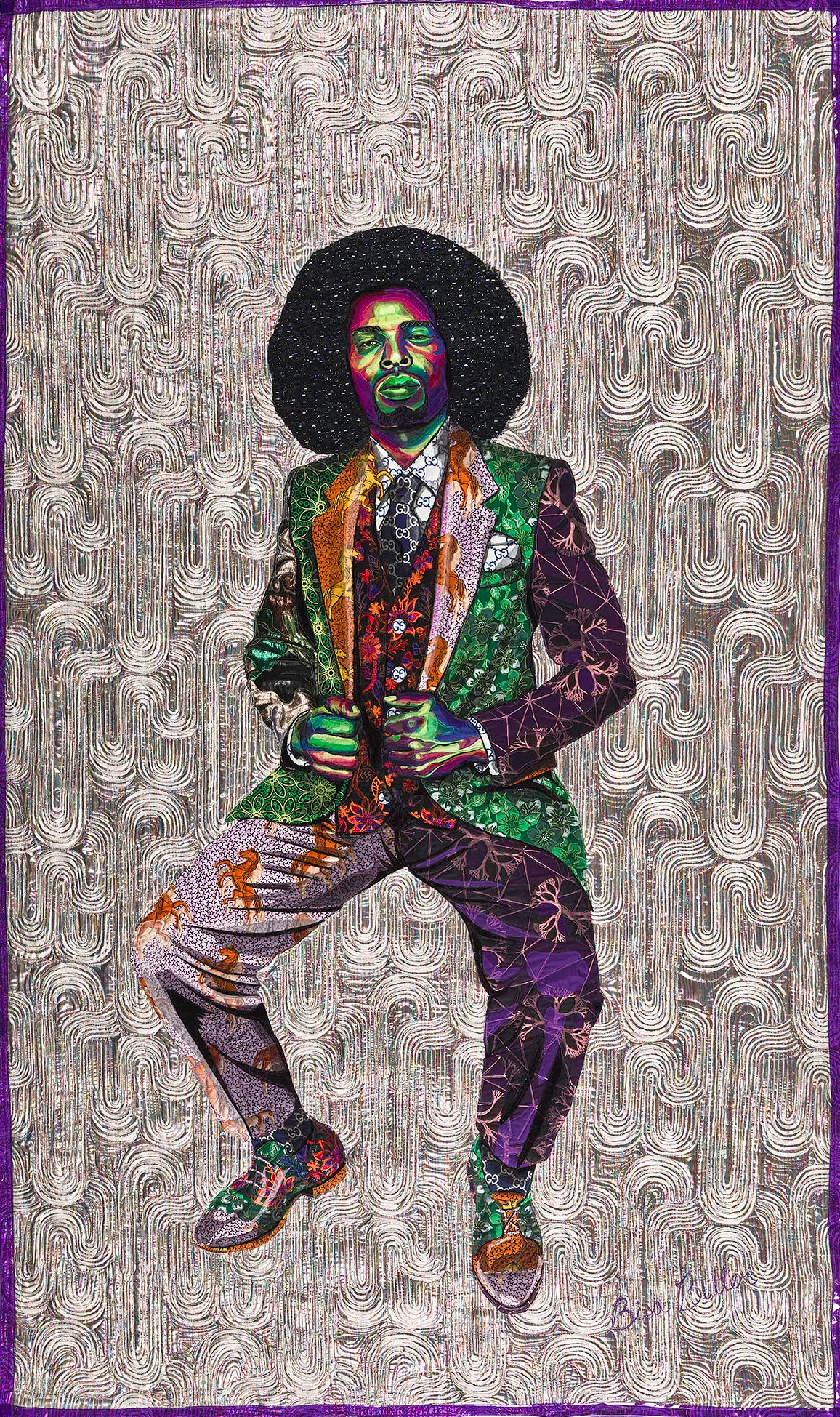Fine art museums have, for the most part, historically sidelined or ignored contributions by female artists. Instead, they focused on their male counterparts. According to researchers from Williams College, 13% of artists featured in major U.S. museums are women. A global project that the Fine Arts Museums of San Francisco (FAMSF) are participating in is a notable attempt to shine a light on overlooked female artists.
Launched in March during Women’s History month, Museums Without Men (MWM) is an audio series made in partnership with British art historian Katy Hessel and five museums that seek to spotlight female artists. Excitingly, the audio guides at the FAMSF (made up of the Legion of Honor and the de Young) were the first to launch out of all of the institutions Hessel worked with. The series covers pieces by artists including Ruth Asawa, Bisa Butler, Mary Cassatt and Louise Nevelson.
Hessel is a British art historian who wrote the book The Story of Art Without Men. In 2015, she started the Instagram account @thegreatwomenartists, which, as of May 2024, has almost 400,000 followers.
In her Instagram post launching the series, Hessel wrote, “My aim is for MWM to be active around the world, and while I always encourage people to go into museums, I also want them to look a little bit further – hunt for the work by women and gender nonconforming artists, and subsequently realize how much more work there is to be done.”
In addition to the FAMSF, Hessel partnered with The Metropolitan Museum of Art, Tate Britain, Hirshhorn Museum and Sculpture Garden and The Hepworth Wakefield. For each museum, there is an audio guide discussing some pieces by female artists in the museums’ permanent collections. Each clip is about three minutes and discusses both the specific piece and a broader biography on the artists’ lives.
The audio pieces can be found on Soundcloud and are also linked on the de Young and Legion of Honor’s website.
In November 2023, Hessel visited the FAMSF museums and walked through the collections with curators to ideate on specific topics that she could cover in the audio tours.
“Because we had such a limited number [of works by female artists in the permanent collection], we could really have a substantive conversation in front of each work,” said Isabella Lores-Chavez, a FAMSF curator of European paintings. “We really tried to convey both the story of the individual painting but also give some context about the painter herself… To sort of animate not only the work of art itself, but the person behind it.” Hessel then chose what pieces she would cover and wrote the scripts. From there, curators looked over each script to make suggestions until they were officially finalized and ready to be uploaded.

Mary Cassatt, Woman Bathing (La Toilette).
photo courtesy of famsf.org
Reactions from the art world to the project have been mixed. An article written by art historian Mark Stocker claimed that by not talking about men, the audio piece is not telling the whole story. Even though he expressed his critiques of the project to the general public, Stocker had not listened to the series when he wrote the article.
He wrote, “this article is literally a prejudiced one: I’ve heard none of the audio guides yet, but I have my fears. The type of art history purveyed in them appears worryingly one-dimensional and distorted for all its gushing enthusiasm.”
According to FAMSF curator Emma Acker, who works in the American Art Department at the de Young, the response from her coworkers has been positive. “People internally at the museum have been really pleased with the project and how it spotlights some really key works in our collection,” she said.
As of early May, the FAMSF’s web page about the project had been viewed 5,000 times with the actual audio pieces being played from 200 to 900 times. To get the word out, the museums also did posts on social media and sent out emails to museum members.
However, when one goes to the museums in person, there is no mention of the program. Including when they are in front of the pieces profiled, there is no placard to alert the viewer of the extra information available to them. If one did not previously know about the audio series before viewing FAMSF’s collections in person, it is possible they would never know about the additional biography and artistic analysis available through MWM.
The series can be a tool to expand knowledge about overlooked female artists, but to obtain that knowledge, visitors have to know to look for it.






